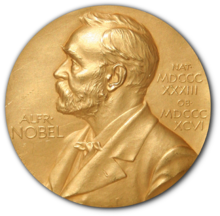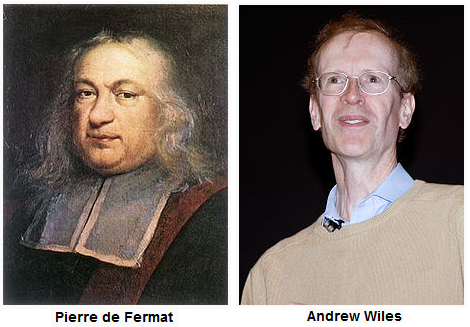There are numerous mathematicians who have made significant contributions in the field of mathematics. We cannot argue the mathematical greatness of Euclid, Newton, Gauss, Euler, and others who have set the foundation to the many branches of mathematics. In this post, we learn about 7 extraordinary mathematicians who are quite less known — less known in the sense that they are probably familiar to those who study mathematics and related fields.
1. Evariste Galois (1811-1832, France)
Evariste Galois was probably the most unfortunate mathematician who ever lived. He lived during the political turmoil in France. He failed the entrance examinations at Ecole Polytechnique twice because he could not explain his answers, was jailed for six months, and died in a duel at the age of 21.

Galois was ahead of his time. In his teens, he was able to determine necessary and sufficient conditions for algebraic solutions of polynomials to exist. He barely attended college, but most of his contemporaries could not understand his work. He submitted research papers that were either lost or “incomprehensible.” It was only 14 years after his death that the mathematics community was able to recognize the value of his work.
Despite his short life and his numerous misfortunes, his works gave a firm foundation to group theory. » Read more


